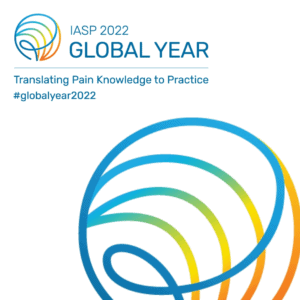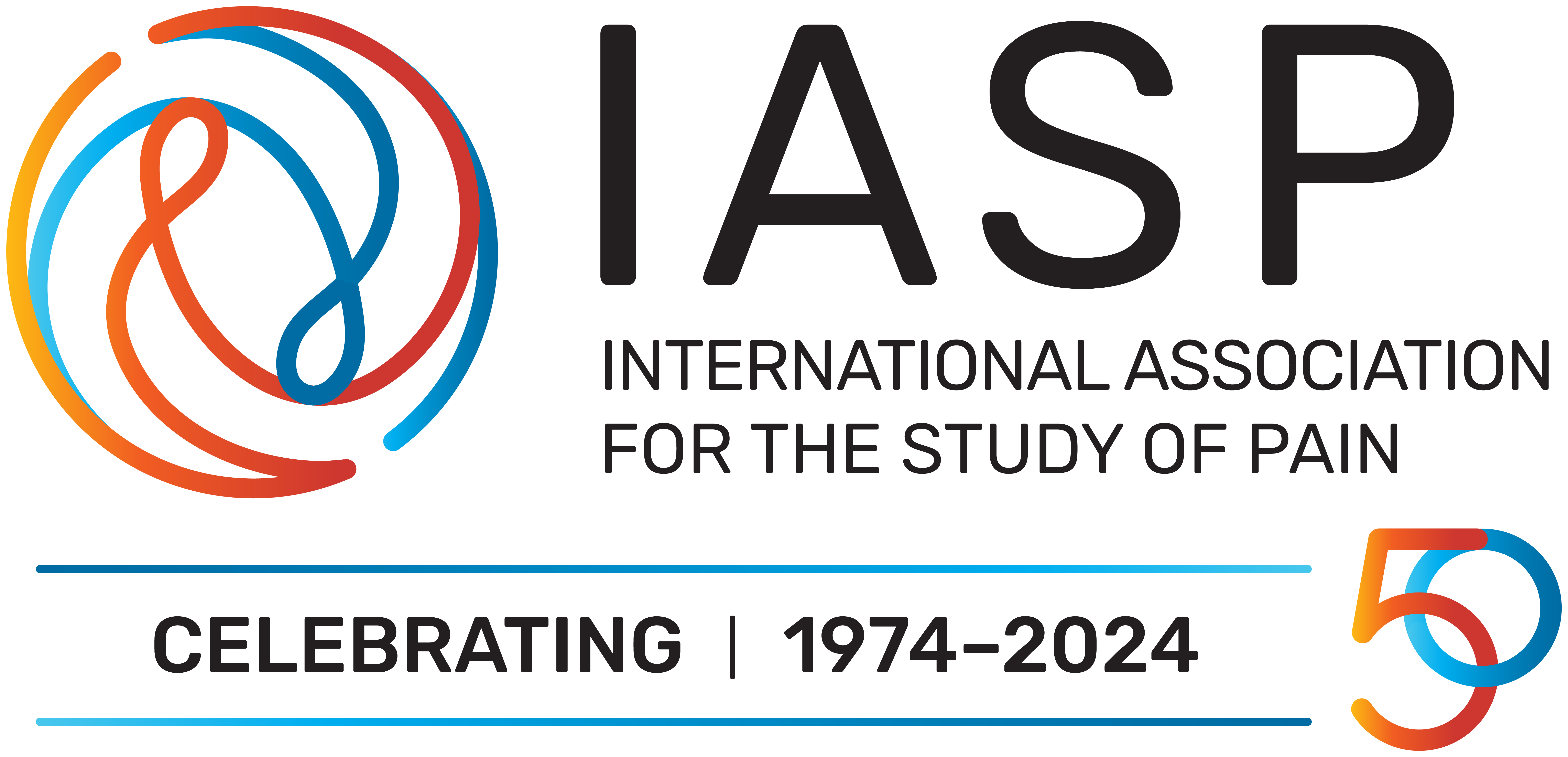: The aim of this study was to determine whether a non-contact sensor that detects complexion changes can be used to assess the psychological state of patients with chronic lower back pain (LBP). : Twenty-six patients with LBP (LBP group; mean age = 68.0 ± 13.9 years) and 18 control subjects without LBP (control group; mean age = 60.8 ± 16.1 years) were included in the study. All the subjects in the two groups wore headphones when asked LBP-related and LBP-unrelated questions. During questioning, the facial image of the subjects was captured using a video camera, and the complexion of the subjects was converted into red, green, and blue (RGB) values. RGB correlation coefficients (RGBCCs; range: 0-1) represent the difference in complexion between LBP-related and LBP-unrelated questions. A high RGBCC indicates that the brain is more activated by LBP-related questions than by LBP-unrelated questions. We also noted the scores of subjects on the Numerical Rating Scale (NRS), Japanese Orthopedic Association Back Pain Evaluation Questionnaire (JOABPEQ), Pain Catastrophizing Scale (PCS), and Hospital Anxiety and Depression Scale (HADS). : There were no significant differences in RGBCC between the control and LBP groups (0.64 versus 0.56, = 0.08). In the LBP group, no correlation was observed between RGBCC and each examination item of NRS, JOABPEQ, and HADS. In contrast, a correlation was observed between RGBCC and the rumination subscale of PCS in the LBP group (Spearman's rank correlation coefficient = 0.40, = 0.04). : The complexion of patients with catastrophic thinking changes when the patients are asked LBP-related questions.
- Anniversary/History
- Membership
- Publications
- Resources
- Education
- Events
- Outreach
- Careers
- About
- For Pain Patients and Professionals

